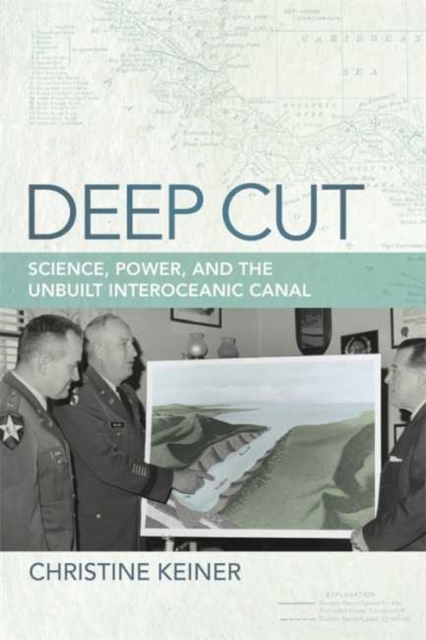CITESTE MAI MULT
Detalii
Descriere RO
The Atlantic-Pacific Central American sea-level canal is generally regarded as a spectacular failure. However, Deep Cut examines the canal in an alternative context, as an anticipated infrastructure project that captured attention from the nineteenth through the late twentieth centuries. Its advocates included naturalist Alexander von Humboldt, physicist Edward Teller, and U.S. presidents John F. Kennedy, Lyndon Johnson, and Jimmy Carter. The waterway did not come to fruition, but as a proposal it served important political and scientific purposes during different eras, especially the years spanning the Cold War and the "environmental decade" of the 1970s.
Historian Christine Keiner shows how the evolving plans for the sea-level ship canal performed distinct kinds of work for diverse historical actors in light of shifting scientific, environmental, and diplomatic values. Dismissing it as a failed scheme prevents us from considering the political, cultural, and epistemological processes that went into constructing the seaway as an innovative diplomatic solution to rising U.S.-Panama tensions, an exciting research opportunity for evolutionary biologists, a superior hydrocarbon highway for the oil industry, or a serious ecological threat to marine biodiversity.
Invoking past dreams and nightmares of peaceful nuclear explosives, invasive sea snakes, and the 1970s energy crisis, Deep Cut uses the Central American seaway proposal to examine the changing roles of environmental diplomacy and state-sponsored environmental impact assessment. More broadly, Keiner amplifies an emerging conversation around the environmental, scientific, and political histories and legacies of unrealized megaprojects.
EdituraUniversity of Georgia Press
Dimensiuni152 x 228 x 21
Data Publicarii15/12/2020
Format
Necartonata
Numar pagini288
Aceasta este o carte in limba engleza. Descrierea cartii (tradusa din engleza cu Google Translate) este in limba romana din motive legale.

